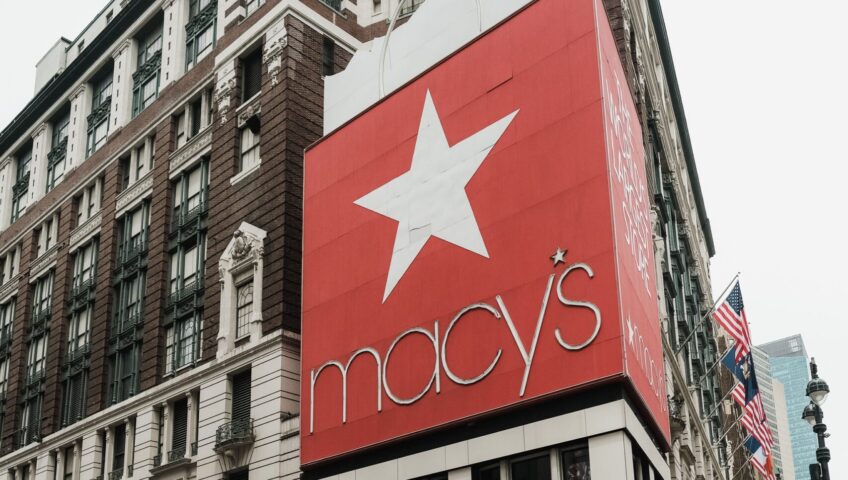November 24 is Thanksgiving, and while we will spend time around the dinner table next Thursday evening, many people will kick off the day by watching the Macy’s Thanksgiving Day Parade.
If you’ve ever wondered about all the science and engineering behind the parade, read on.
When engineering a new balloon design, creators first sketch out a diagram, which is examined and adjusted by engineering experts, to ensure that the design will safely float. Then dimensions are determined and a real-size clay model of the design is created, to calculate how much fabric and helium is needed.
The float then goes through months of testing, conducted by dozens of handlers. The tests are to ensure proper inflation and deflation, easy handling, etc. Then the finishing touches are added to the balloon.
Fun Facts:
- It takes 90 minutes to inflate a parade balloon and 15 minutes to deflate one.
- The average balloon requires 12,000 cubic feet of helium. That’s enough to fill about 2,500 bathtubs.
- Balloon pilots must attend training and must be able to walk the parade route backwards. Balloon handlers support the pilot and help maintain control of the balloons. They must weigh at least 120 pounds and be in good health.
For more information about this year’s parade, go to: https://www.macys.com/social/parade/


